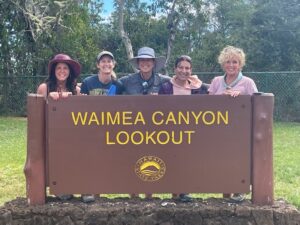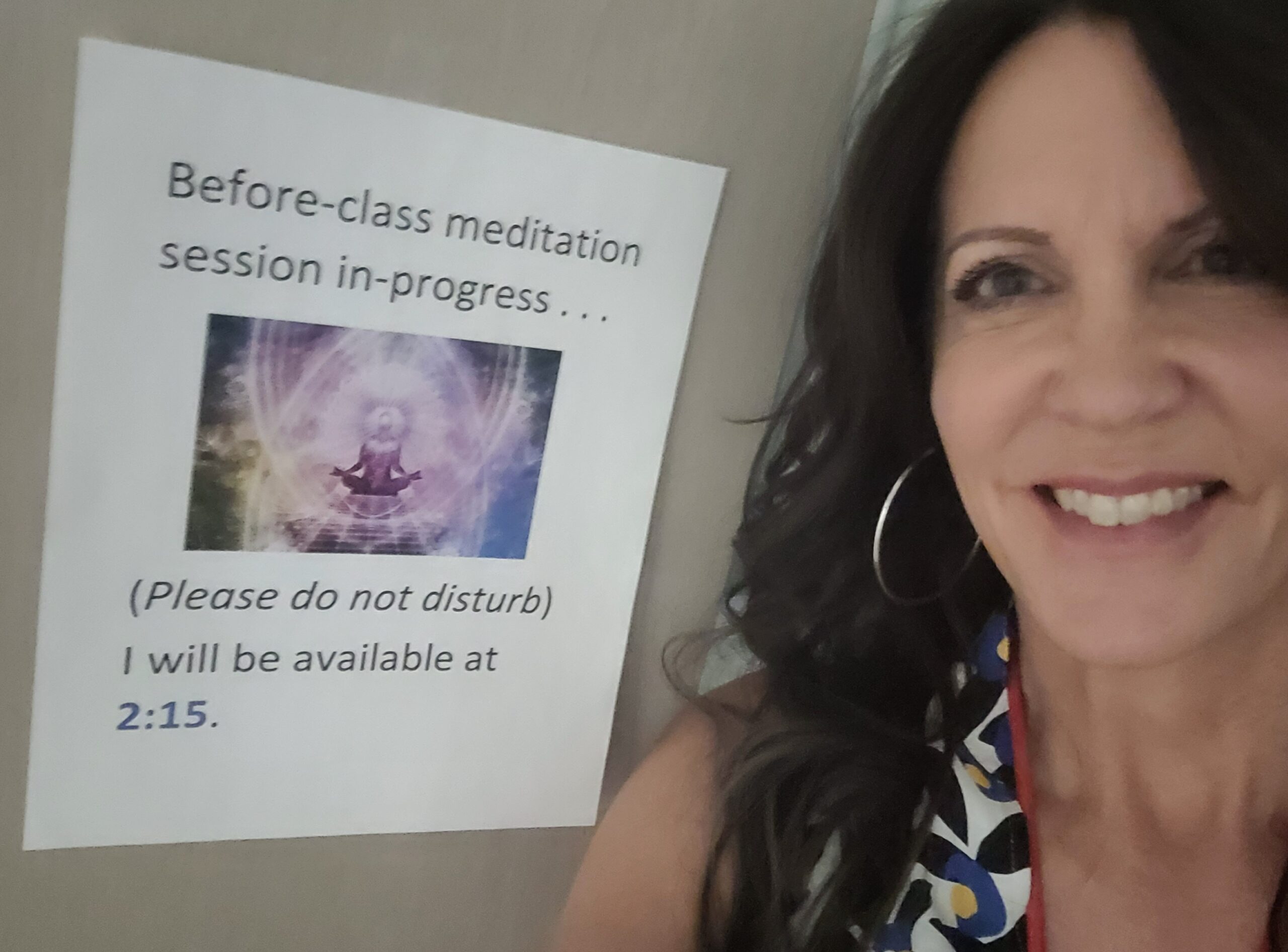💖 The New Nursing Student
Dr. Ingrid Simkins
We take a moment to go around the room and you share your name, a personal detail or two and then why you chose nursing as your profession. We discover among the array of responses some are here finally following through on a childhood dream, some are exploring a second career, or for some this is a legacy and you will be the third generation of nurses in your family. We discover some were called to the profession as they reflect on their experiences within the healthcare system. Whether it was their own health issue or that of someone they loved, a nurse stood out and shaped the person they were to become. For some, this is a desire to give back to others as the nurse did for them and for others a desire to never be the nurse they experienced. Whatever the reason…you are here!💖
In my role as Residential Nursing faculty I have the privilege of witnessing all of those “first ”experiences. Being there the first day as you walk into the classroom in your neatly pressed uniform and brand new shoes, I observe how your face beams with a blend of excitement and a touch of anxiety as you begin this new journey. I watch as you enter the classroom and claim your space for the next 16 weeks, unpacking your computers and colorful binders with coordinating pen sets. I notice the array of caffeinated beverages that you stopped to purchase on the way to campus this morning as a “treat to celebrate this occasion”. You settle in and class begins.💖
Time moves on and you become inundated with assignments, readings, care plans, exams, group projects, lab skills, skills check-off, clinical experiences, simulations, virtual simulations and this is just the first six weeks. The uniforms are now slightly wrinkled-”who has time to iron”, the caffeine a necessity-”there is no time to sleep”, and the beaming light on those faces a few watts dimmer because reality has set in…the reality of what nursing is and the responsibility you carry…you realize this because you care… because you have heart💖. It is in these moments that I witness a new set of firsts and see the heart you have to succeed.
“Caring is the essence of nursing.” —Jean Watson
💖. This may be the first time you had to rely on someone to help balance your life at home. The first time you realize you are not alone on this journey and instead of competitors for a seat in the program, you are working as a team to accomplish your mutual goals. The first time you realize that you are going through all of this because someone’s life may depend on it one day, and the first time you realize and say out loud, “I know this is what I meant to do”!.
A nursing instructor can teach you the textbook content and the nursing skills, but what we can’t teach is caring. We can develop and nurture it, but it has to be there in the first place. So just remember as we approach midterms and your GPA may no longer be perfect, call upon that reason that brought you here. This is hard…but you will be successful and reach your goals because you have heart.💖
💖New Graduate Nurse
Dr. Mary Resler
As a new graduate nurse the opportunities are endless. You have hundreds of options for growth and education. The one thing a new graduate nurse doesn’t have is experience. They have had hundreds of clinical hours following a nurse, learning from a mentor, practicing the skills of the profession, and geeking out over cool medical diagnoses. There is little an educator can do to prepare students for the feelings they will experience going into the profession. It can be very stressful and full of emotions. The lack of confidence is as palpable as a radial pulse in an athlete. This is completely normal, do not panic. 💖
“They may forget your name but they will never forget how you made them feel.” – Maya Angelou
The heart of a nurse is more like a calling. The profession is a series of degrees and examinations. Almost anyone can endure nursing school and become a registered nurse. The difference is in having a ‘job’ versus having a ‘profession.’ This concept can be challenging to understand. You can teach anyone the skills and responsibilities that a nurse is accountable for. An educator cannot teach a nurse how to care; this is the calling part of the profession.💖
There was a time in my life that I was not sure I could do the tasks and skills needed to be a nurse. I was not sure if I could complete the program. I was not sure if I was smart enough or capable of doing the job responsibilities. On my first clinical day, I walked in to take care of an elderly patient who could not take care of themselves. At that moment, my heart and mind connected, and I knew that taking care of patients would be my calling. My confidence grew over time as will yours. My nurse’s heart grew too. 💖
New Nurse Educator 💖
Dr. Grace Paul
Growing up, I never wanted to be a teacher! I would say, “My voice is too soft, and no one will listen to me.” Fast forward to nursing school, I realized that a soft voice is the least of the problem! What is essential is the passion – the heart, the ability to adapt to the changing demands of the classroom, the nursing student, and connecting to the learners.
Students can smell a new instructor from a mile away. The academic qualifications and recent experience in healthcare are essential. But, the qualities of kindness, compassion, and understanding, while at the same time being firm and consistent, is priceless. Educators must have a high bar for students to achieve and, at the same time, give the support necessary. Do not bring down the bar so that you can be “popular” with students. Students must be held accountable for achieving their course objectives. 💖
“Let us never consider ourselves finished, nurses. We must be learning all of our lives.” —Florence Nightingale
Students are more engaged when they acknowledge the students when they participate in class, have eye contact, add humor, show genuine happiness and enthusiasm when they perform better. These are behaviors that let the student know that you care. There can be no learning if there is no connection between the educator and the students. 💖
In the educator and student relationship, both the educator and the students are learners. The best teachers aim for every student to be successful, and that starts with the heart – Being approachable, being available, and being kind!💖








